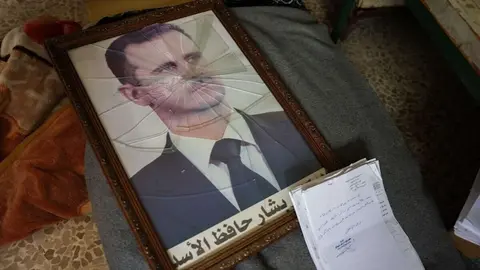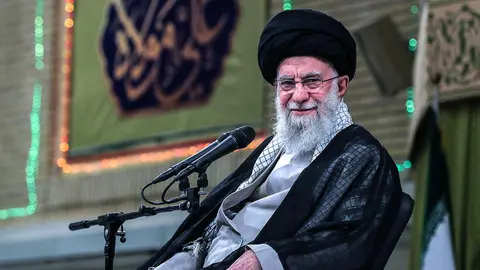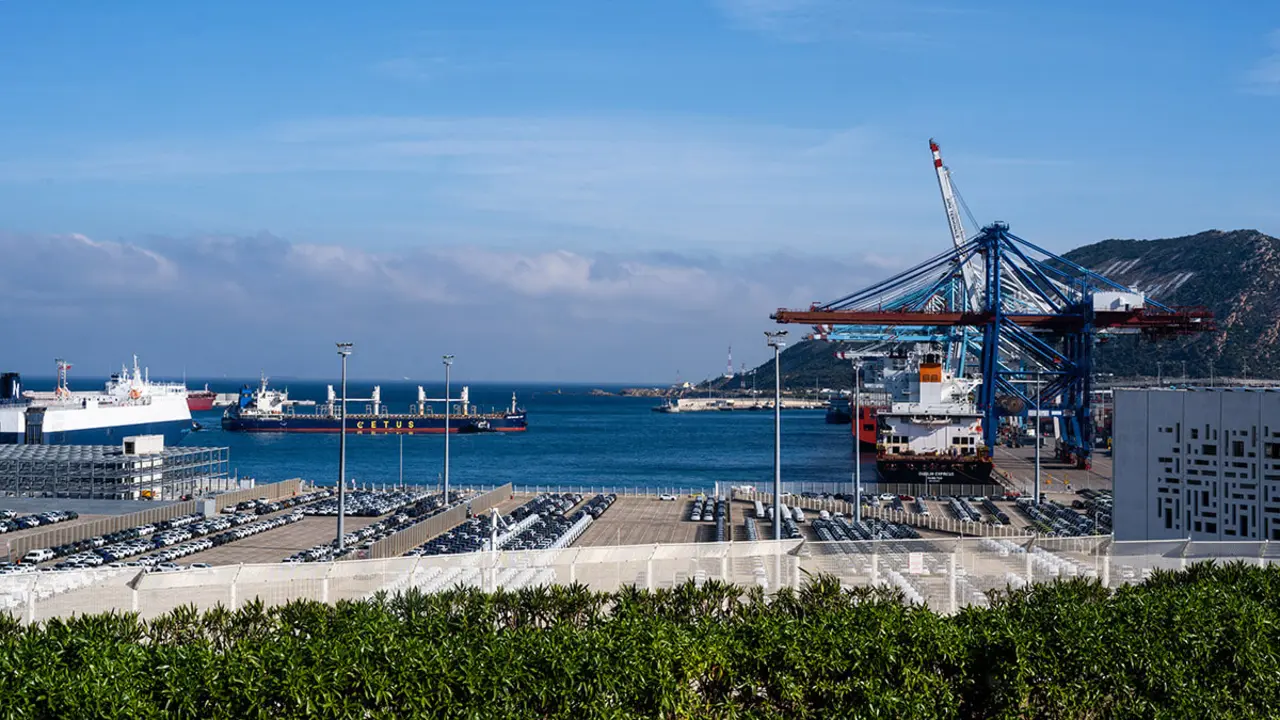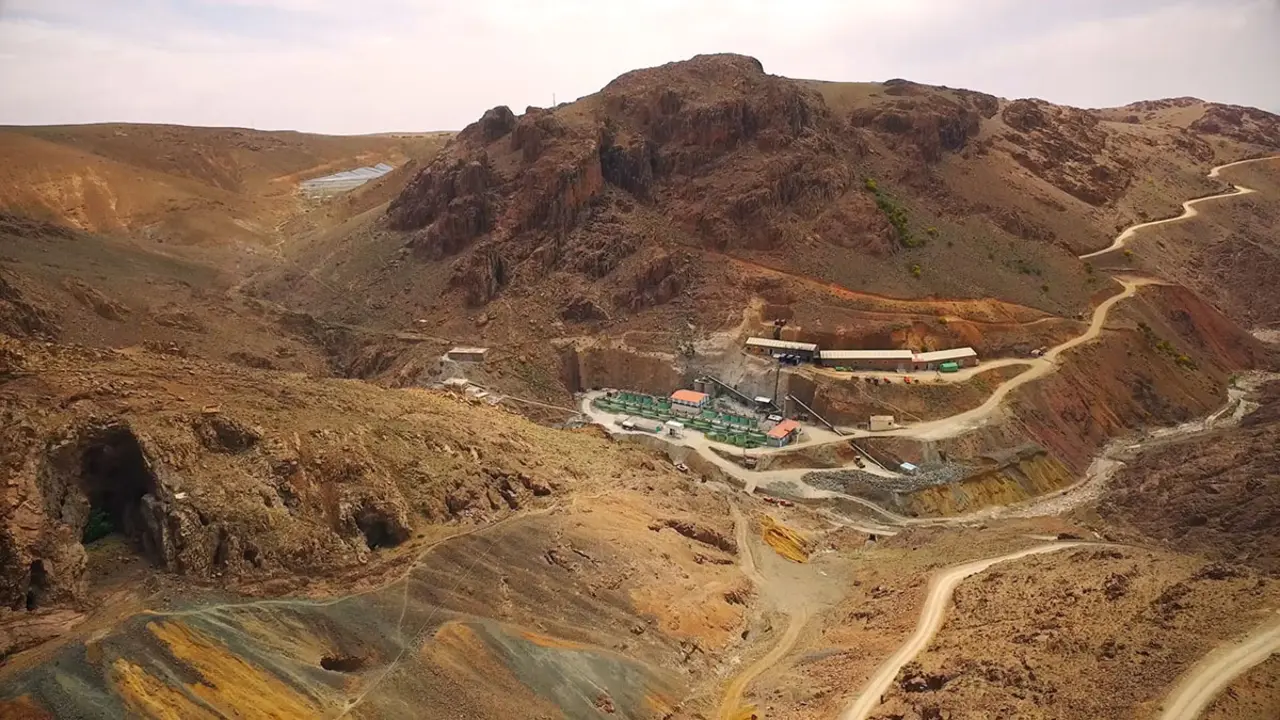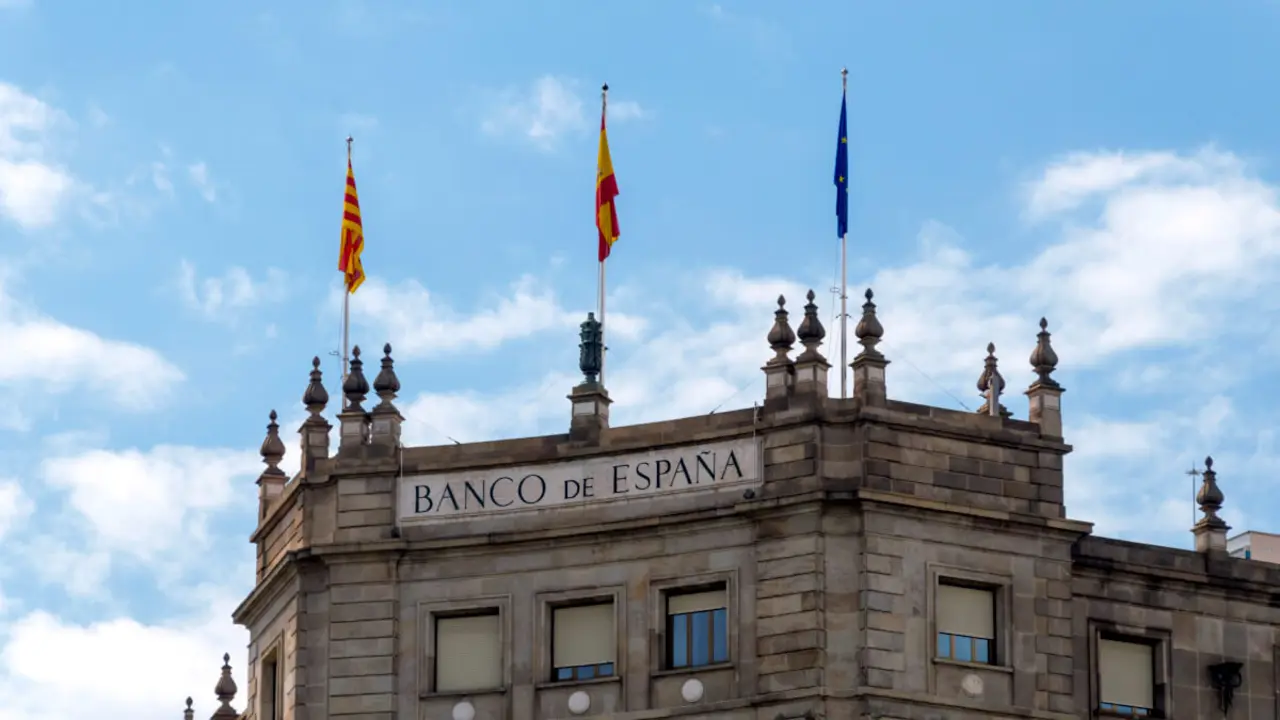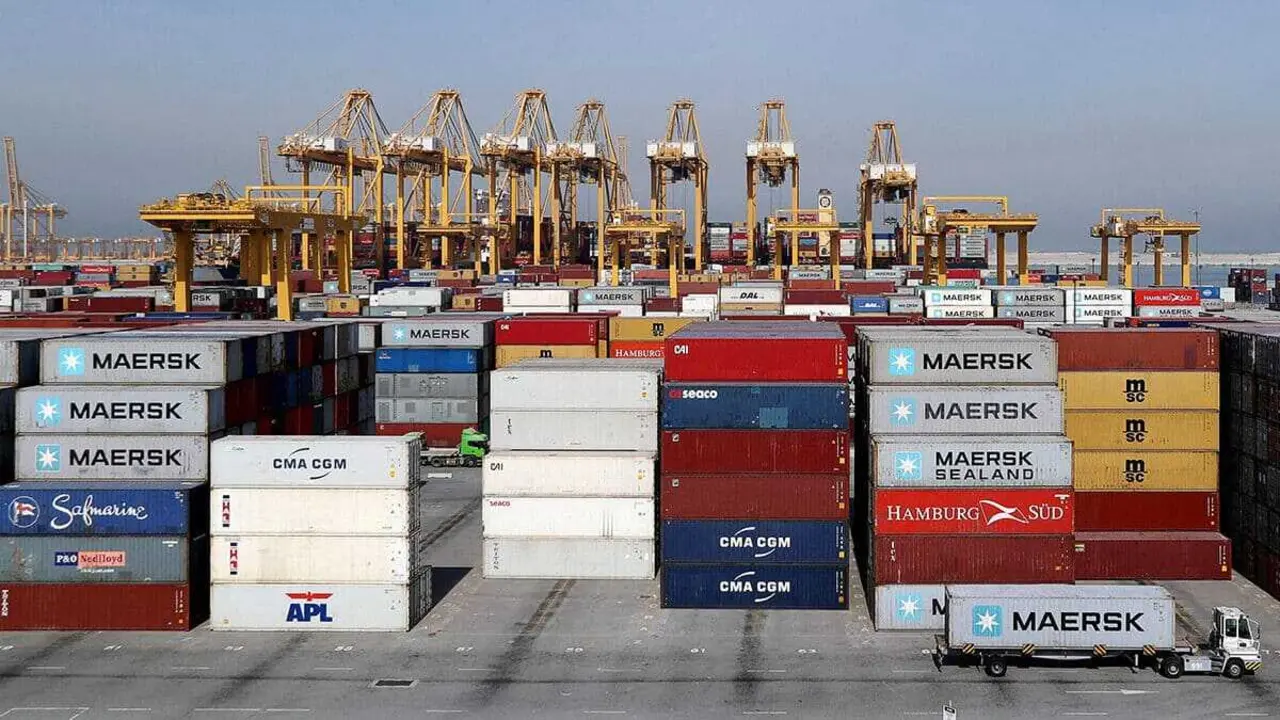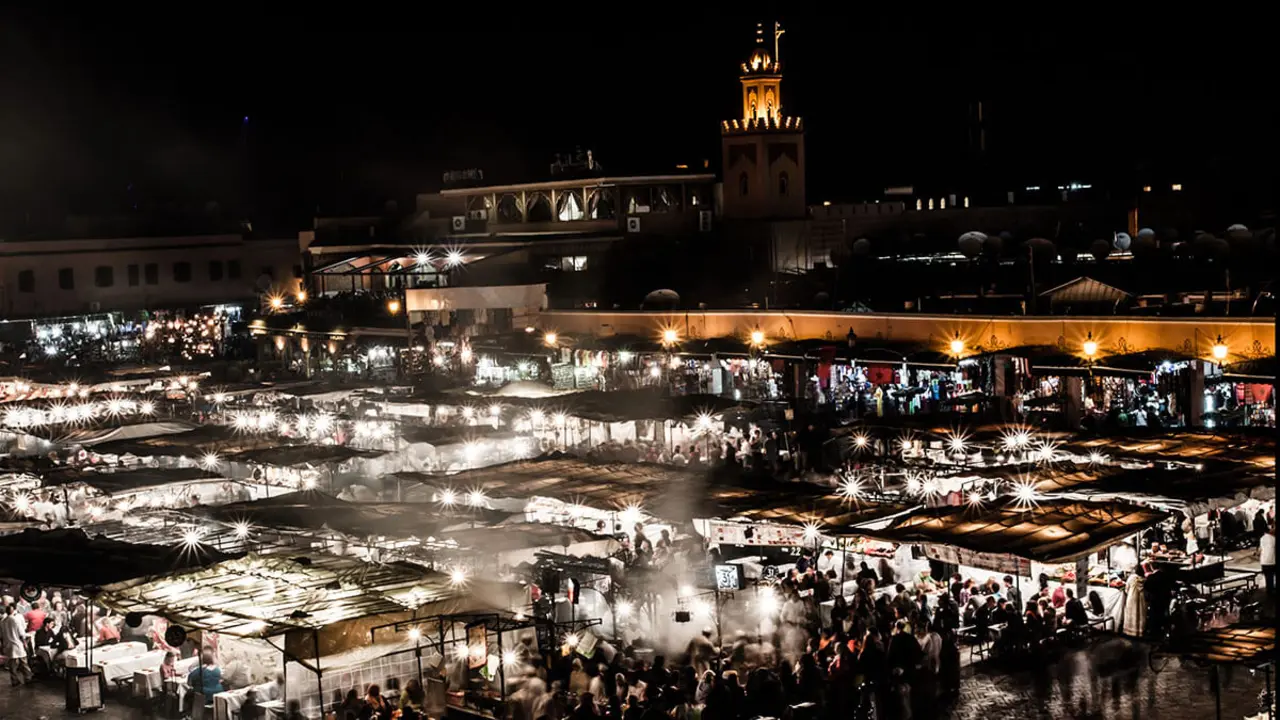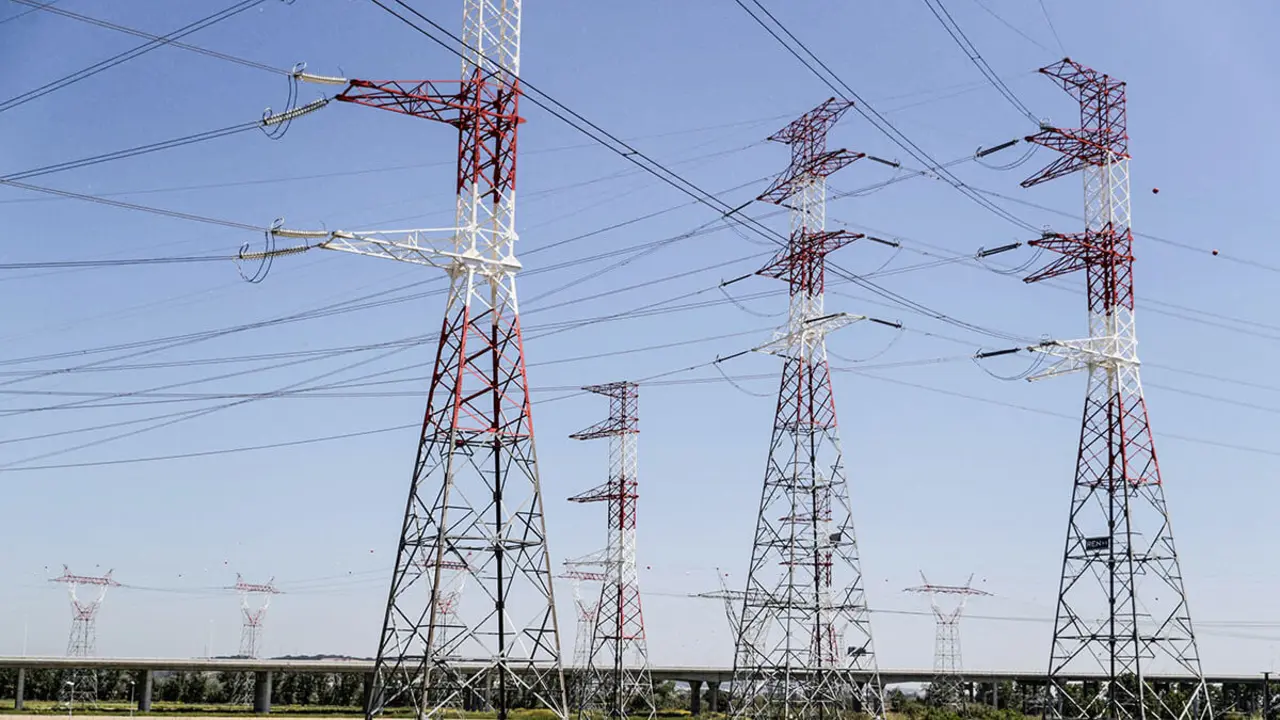Electricity shortages undermine business in Iran as country faces energy crisis
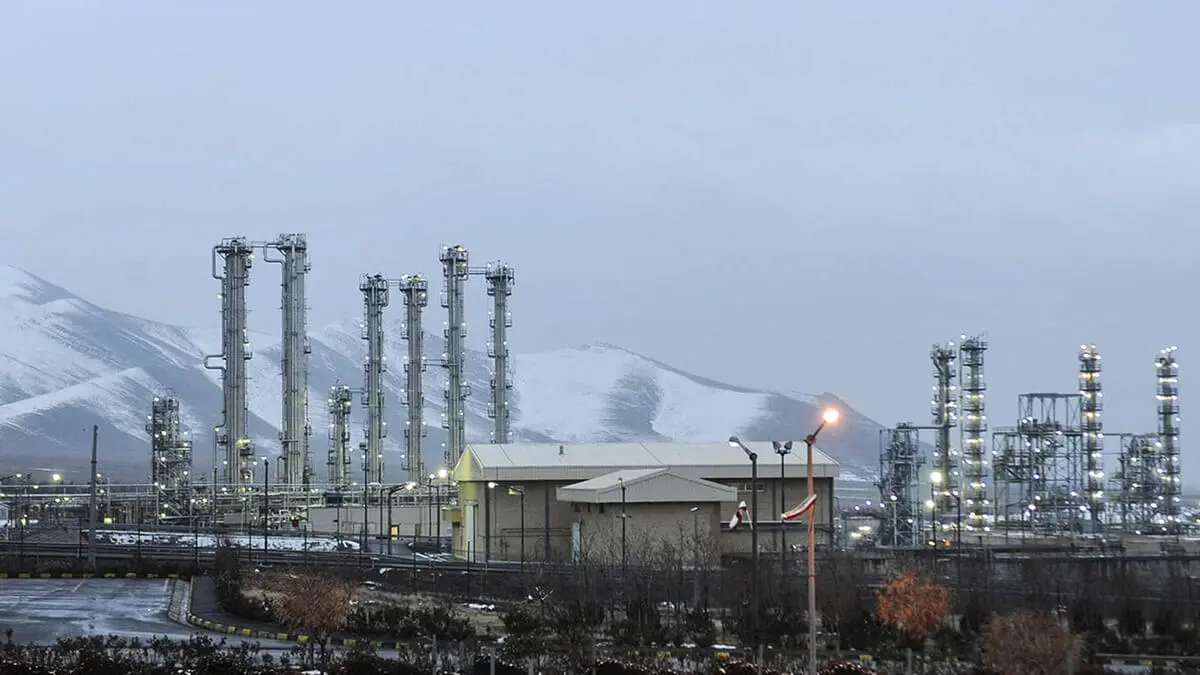
Business activity in Iran has been living under the shadow of a long list of problems related to Western embargo restrictions. In addition, the emergence of electricity rationing, inflation and the recurrent deterioration of the currency continue to affect the lives of Iran's citizens.
The country is facing a severe and notable electricity crisis that has resulted in new government decisions to combat service shortages, while the country is facing a cold snap. Meanwhile, shopping malls in the Iranian capital, Tehran, implemented shutdowns to save energy.
In this instance, the government's stance has been firm on traders, leaving them no choice but to follow the orders. According to Chamber of Commerce official Hamid Reza Rastegar, sanctions could even be resorted to, as ‘if the shopping centres do not respect this decision, they will be closed and the gas and electricity supply will be cut off’.

So far, these restrictions are only being applied in Tehran, where shops were closed at eight o'clock at night instead of the usual ten o'clock at night, the Iranian Students' News Agency reported.
Meanwhile, the local economy continues to plummet, reaching excessively low levels against the dollar. According to the exchange rate tracking portal Bonbast, the dollar exchange rate in the local market has risen considerably in recent days, from 741,500 to 756,000 rials, on the other hand, the dollar sale is given by about 755,000 rials.
In turn, other factors, such as the return of the Trump administration and tensions with the West over Tehran's nuclear programme have aggravated the current situation.
The cause of Iran's power grid failure does not stem from a scarcity of resources, as the country contains the world's second-largest natural gas reserves and huge oil reserves, but lies in a gap in financing and infrastructure modernisation caused by Western sanctions.
Some members of the Organisation of Petroleum Exporting Countries (OPEC) foresee the prospect of a global surplus that could lead to another slowdown in costs next year, especially after witnessing a 15% drop in crude oil prices since late June.
Pressure on people and industry
Top officials continue to exert pressure on the population to minimise electricity consumption, with Iranian President Massoud Pezeshkian telling his countrymen: ‘We consume two to three times the electricity consumed by European countries.
Due to the lack of gas and fuel in the country, power plants have not been able to be supplied and restrictions have increased. Gas, meanwhile, remains vital for Iran's heavy industry and chemical facilities.
The main cause of the decline in production levels is the country's technological inability to manufacture gas compressor stations at the fields, and if solutions are not found in time, the South Pars field could be the victim of a significant reduction as this gigantic field alone needs 20 compressor stations, the construction of which requires investments of at least 20 billion dollars.
This attempt to curb the electricity crisis has highlighted the extent of the economic pressures on the country, as well as the government's inability to provide workable solutions to a basic and publicly needed service.
Oil minister Mohsen Pakinejad confirmed that Iran was holding ‘preliminary negotiations on importing gas from Turkmenistan’ this winter, according to the Iranian news agency SHANA.
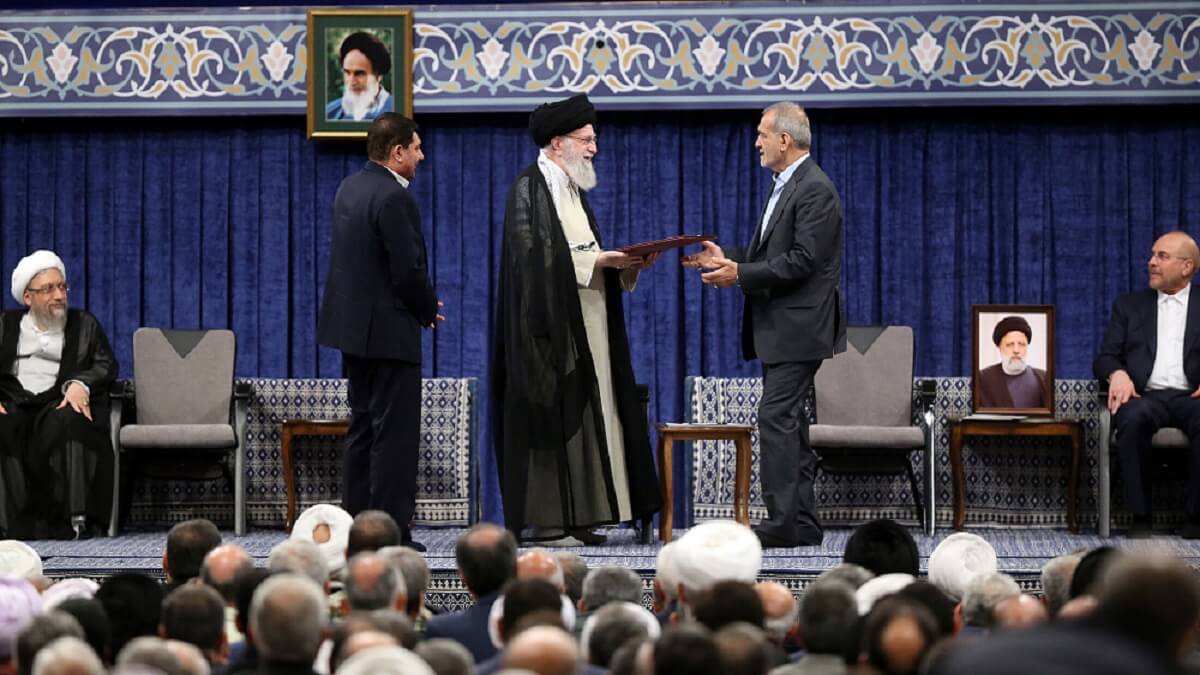
An unfavourable future
Officials estimate a gas shortage of at least 260 million cubic metres per day this winter. In relation to that, Iran's Energy Ministry reported a decrease of about 30% in gas supply to industrial plants this year, compared to 2023. Similarly, diesel stocks have fallen below 1.26 billion litres.
This plunge in liquid hydrocarbon stocks is not new, having previously suffered a 36% drop from 2022 levels.
This steep drop in temperature has hit the lives of 85 million people by hampering energy distribution.
Tuesday marked the third consecutive day of closure of schools and public buildings in the capital Tehran and in more than 15 of the country's 31 provinces.
Reports by the official Iranian news agency IRNA showed the closure of schools and government entities in the northern provinces of Gilan, Golestan and Ardabil. The same happened in Alborz province, west of the capital Tehran, and in many other localities.
The secretary of the Federation of Food and Agriculture Organisations, Mohsen Naqashi, confirmed that the closures are forcing factories in industrial regions to shut down. He said the move could result in job losses, as many companies are similarly struggling with resource shortages and the burden of government bureaucracy.
Undoubtedly, the energy shortage and the lack of an effective response from the government have caused a significant impact on the country that is still being experienced today. While the authorities continue to try to solve the problem through restrictions that paralyse the country's own economic activity.

